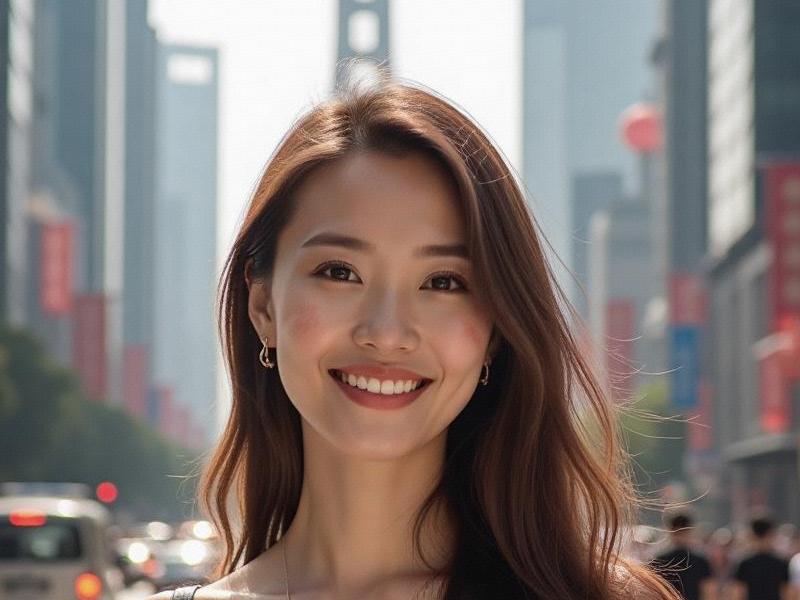Pearls and Power Suits: The Dual Identity of Shanghai's New Generation Women
⏱ 2025-07-02 12:08 🔖 爱上海千花网
📢0℃

Section 1: Historical Context
- The "Modern Girl" phenomenon in 1920s Shanghai
- How socialist era (1949-1978) redefined women's roles
- Post-reform opening: Western influences meet Chinese values
- Comparative analysis with Beijing and Guangzhou counterparts
Section 2: Contemporary Manifestations
- The rise of female-dominated industries (finance, media, luxury retail)
- Nanjing Road vs. Xintiandi: Contrasting fashion districts
- Cosmetic surgery trends: From double eyelids to "face tuning"
上海龙凤419贵族 - Dating app behaviors and marital expectations
Section 3: Workplace Dynamics
- Glass ceiling realities in multinational corporations
- Entrepreneurial success stories in e-commerce
- The "leftover women" stigma vs. career priorities
- Maternity leave policies and workplace discrimination
Section 4: Cultural Production
上海夜网论坛 - Female authors dominating Shanghai's literary scene
- Women filmmakers redefining Chinese cinema
- Contemporary art collectives challenging gender norms
- Social media influencers shaping beauty standards
Case Studies
1. A day in the life of hedge fund manager Vivian Wu
2. Traditional qipao tailor adapting to modern clients
3. Feminist bookstore owner navigating censorship
上海品茶论坛 4. LGBTQ+ activists working within constraints
Section 5: Global Connections
- Study abroad patterns and returnee experiences
- International marriages and divorce rates
- Representation in global media
- Participation in international feminist movements
Conclusion: The Shanghai Paradox
These highly educated, financially independent women continue to negotiate complex social expectations, embodying China's contradictions between rapid modernization and cultural conservatism. Their choices will fundamentally reshape Chinese society in the coming decades.
Shanghai Style Revolution: How Local Women Are Crafting a New Global Beauty Paradigm《边界消融时:上海与周边城市的"同城化"实验》Shanghai Showgirls: Entertaining Life on the Edge of CultureShanghai and the Surrounding Area: A Dynamic Hub of Economic and Cultural ExchangeShanghai's Nightlife Evolution: The New Era of Entertainment Clubs in China's Global CitySilicon Bund: Shanghai's Ambitious Quest to Become Asia's Tech Capital《共饮一江水:长三角生态绿色一体化发展示范区三年记》Shanghai's Nightlife Evolution: How Entertainment Venues Are Redefining Urban Leisure in 2025Shanghai's Neuro-Aesthetic Singularity: Where Jiangnan Silk Algorithms Rewrite Quantum GlamourNeon Renaissance: How Shanghai's Elite Clubs Are Redefining China's Nightlife Economy

